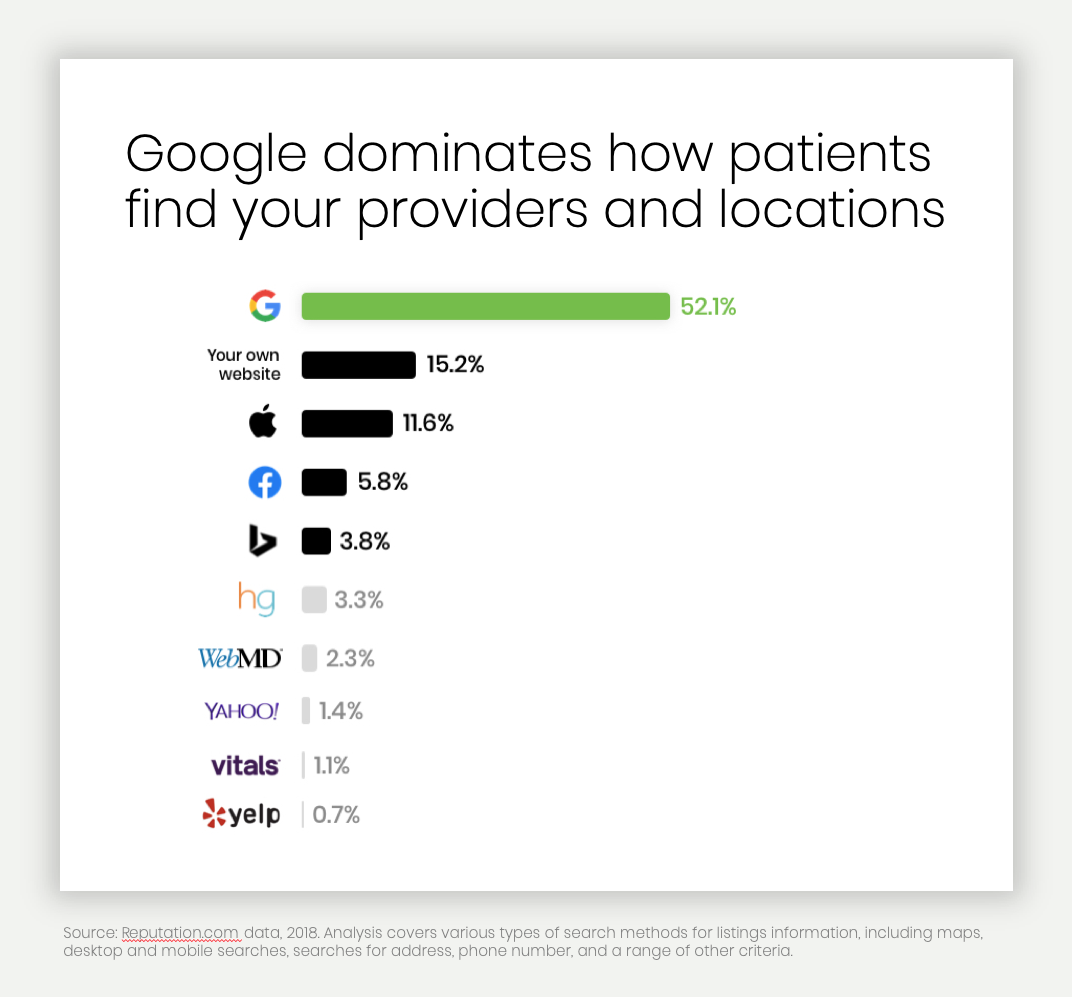5 Human-Centered Strategies for Improving Healthcare’s Digital Front Door

Telehealth has gone from a “nice-to-have” to an essential service to minimize risk of infection during the COVID-19 pandemic. As physician practices, healthcare organizations, and hospitals pivoted quickly to get virtual services in place, those that were able to scale their telehealth offerings saw a 175% increase in patients. However, in the rush to accelerate these programs, patient experience (PX) considerations have, in some cases, been pushed to the side.
While the pandemic has revealed the practical need for and value of telehealth solutions, there’s still more that healthcare providers need to do to improve their “digital front door” — often where the patient journey begins — to facilitate a better PX both remotely and in-person.
Beyond provider selection, online scheduling, bill pay, and a patient portal, the digital front door for healthcare has the potential to create a new paradigm in patient care and usher in the next wave of healthcare transformation. The big question now is, how can organizations make the most of this opportunity?
We recently spoke with experts from Reputation.com about PX-centered digital front door strategies for healthcare providers, and here are the main takeaways to keep in mind:
1. Improve online visibility
Healthcare organizations will also want to be sure that their provider’s online profiles offer clear information about services available, accepted insurances, access to online care, and any updates to hours and visitor policies in light of COVID, such as temperature screening and mask wearing. As the crisis continues, healthcare visits are down significantly, so providers will want to make the patient digital experience as frictionless as possible.

2. Streamline onboarding
While physicians, nurses, and other medical providers usually go through training to prepare to deliver virtual care, providers should also consider training for the users. Less tech-savvy patients may find telehealth platforms confusing and would benefit from brief video tutorials that walk them through getting started in a few easy steps. Transparency around privacy policies and data security are also essential to building user trust at the start of the experience.
3. Invest in accessibility
Everyone should have access to the same tools and services, regardless of abilities. To maximize adoption, telehealth apps should offer translation services (including American Sign Language), voice activation and screen reading services, options for larger font sizes and icons, and captions for spoken text. Keeping text short, simple, and clear can also help make information easier to understand.
Consider also that patients from low-income backgrounds or living in remote areas may have trouble accessing telehealth services because of unstable internet connections, and a phone call may be preferable to a video chat.
4. Gather feedback and iterate as needed
Without face-to-face interaction with patients, it can be hard to gauge what’s working vs. what is not. Ongoing research, such as pulse surveys — short surveys done at regular intervals — can collect meaningful feedback from the people on the other side of the screen. Feedback captured before, during and after the telehealth visit can lead to useful improvements and reduce friction and prevent complaints before they happen.
It’s also important to remember that UX updates can be done iteratively as part of an ongoing roadmap. Don’t wait until a long, detailed survey is sent to a patient, and don’t wait until your plan is perfect to take action on the feedback you receive. Small changes over time will add up to a much-improved experience.
5. Consider the last moment
It’s widely known by UX experts that people judge an experience most by the final moments at the end of the user journey — a perception skew or cognitive bias that impacts how we remember an experience. If you are considering where to invest your resources to improve the patient experience you may find the most ROI by making the final touch points as seamless as possible including issuing and purchasing prescriptions, billing, and scheduling follow ups.
The increase in patient acquisition spurred by this unprecedented rollout of telehealth can bolster your practice’s online reputation if steps are taken to optimize the user experience and keep the patient’s needs at the center of every interaction.
Learn how Advocate Aurora Health is using digital strategies to improve their consumer experience. Register for our upcoming webinar.

